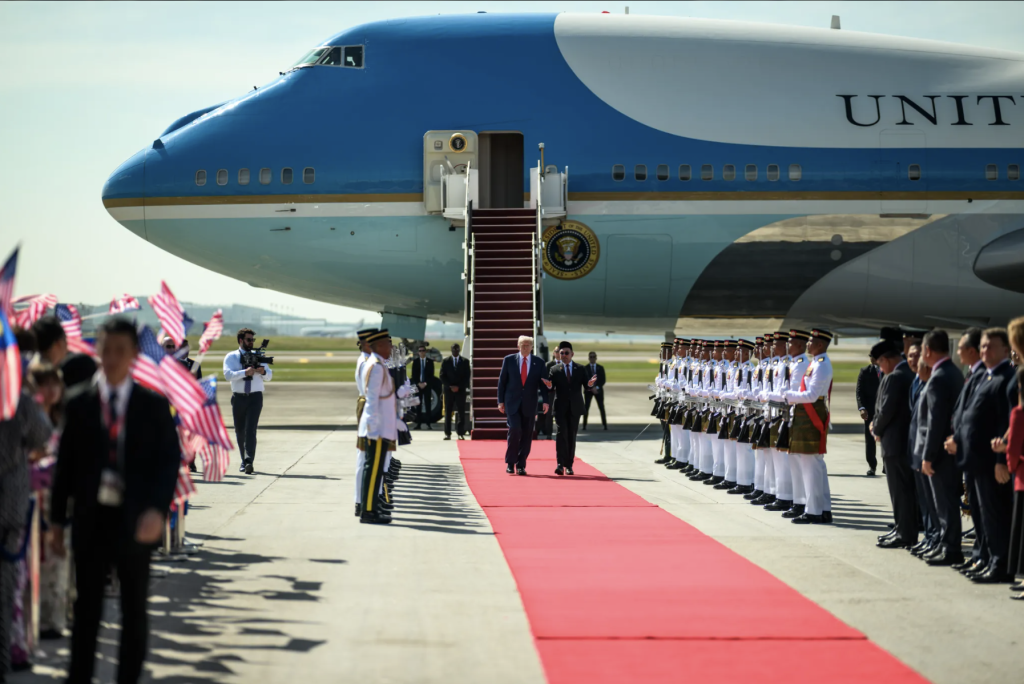China Lands Test Flight in Disputed Island Chain
China said it landed a test flight on a newly completed airfield in the disputed Spratly Islands in the South China Sea, a sign of its growing military capabilities in the region.
The flight drew a quick protest from Vietnam, which said China had “seriously violated” its sovereignty. A Philippines foreign ministry spokesman said Manila, another claimant in the Spratlys, also planned to lodge a protest with the Chinese.
According to a statement released late Saturday by the Chinese foreign ministry, Beijing has completed construction of an airfield on Fiery Cross Reef, and recently used a civil aircraft to conduct a flight testing whether the facilities were up to civil-aviation standards.
Vietnam said it lodged an official protest with the Chinese Embassy in Hanoi over the action. The Spratly Islands are the subject of overlapping claims by several neighbors, including the Philippines, a U.S. ally.
The U.S. reacted with concern to news of the Chinese flight, and said it underscored the need to finish work on a regional code of conduct.
“We are concerned that these test flights have exacerbated tensions and are inconsistent with the region’s commitments to exercise restraint from actions that could complicate or escalate disputes,” said Pooja Jhunjhunwala, a State Department spokeswoman. U.S. officials are encouraging countries with claims in the area to “actively reduce tensions” by refraining from actions that threaten stability, she said.
The test flight came after a visit to Hanoi by Chinese President Xi Jinping in November, which was partly designed to address the souring relationship between the two countries over territorial disputes.
In 2014, the two countries tussled in a two-month standoff in the South China Sea after Beijing moved a rig to explore for oil and gas into waters claimed by both nations. The move set off anti-Chinese riots in Vietnam and marked the sharpest deterioration in relations between the two neighbors in years.
By TE-PING CHEN January 3, 2016 in The Wall Street Journal.








